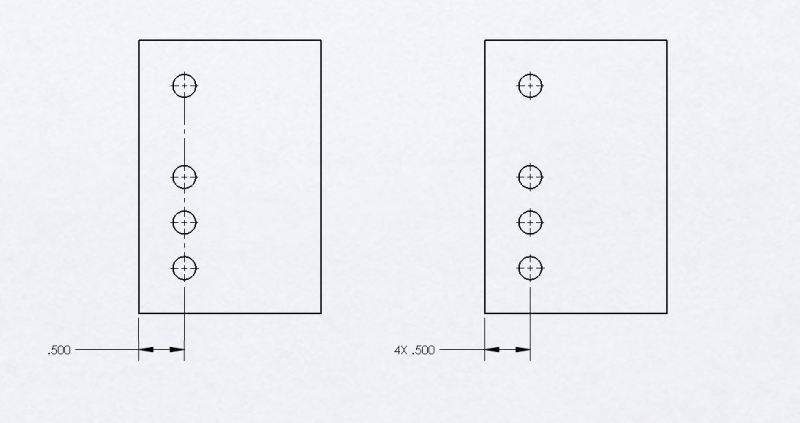Tenkan
Mechanical
- Jan 27, 2012
- 93
What does the centerline mean when used to show a pattern of features?
Does it mean only to indicate all the features individually within the pattern or does/can it mean an average location of the features in aggregate?
Attached is a drawing example for this question... to me, both examples shown mean the same thing am I wrong?

lightweight, cheap, strong... pick 2
Does it mean only to indicate all the features individually within the pattern or does/can it mean an average location of the features in aggregate?
Attached is a drawing example for this question... to me, both examples shown mean the same thing am I wrong?

lightweight, cheap, strong... pick 2

![[smile] [smile] [smile]](/data/assets/smilies/smile.gif)